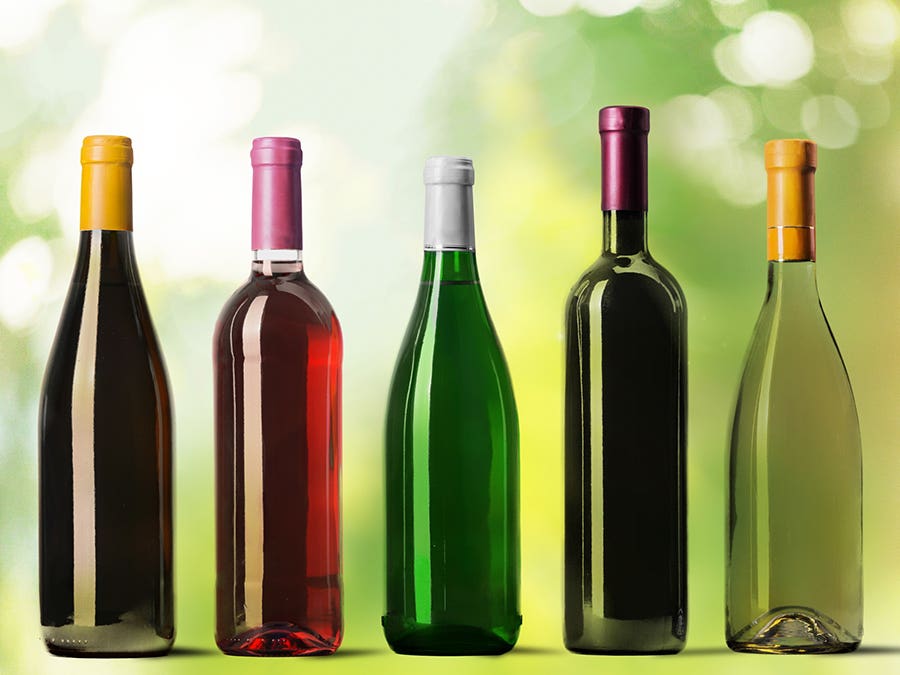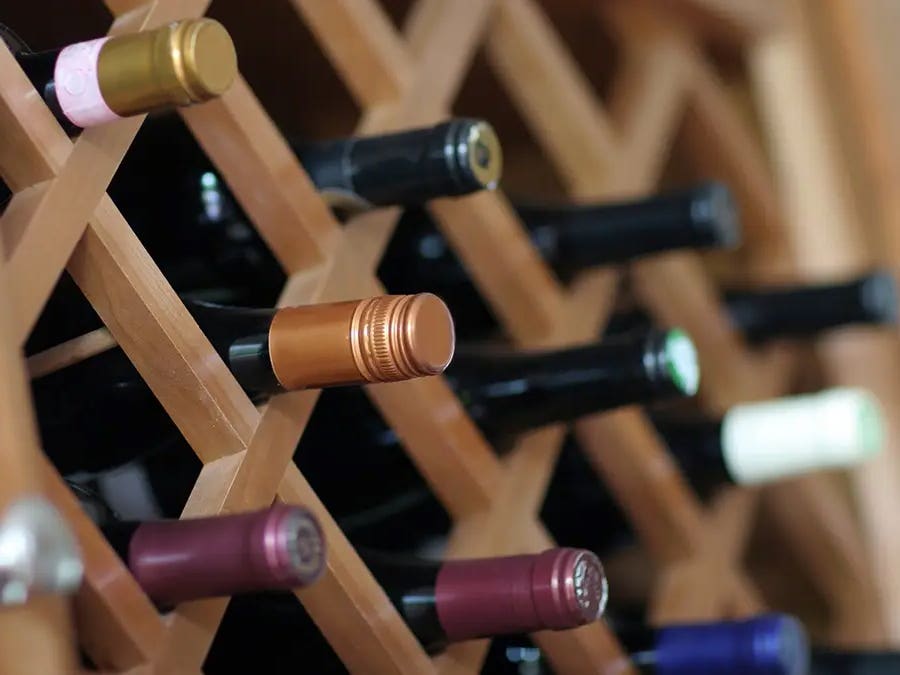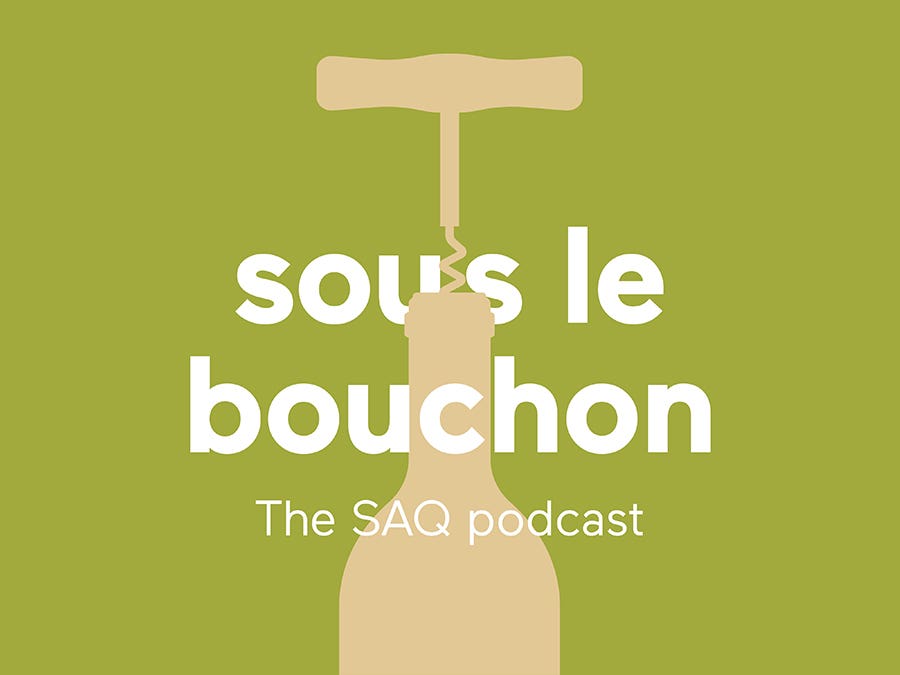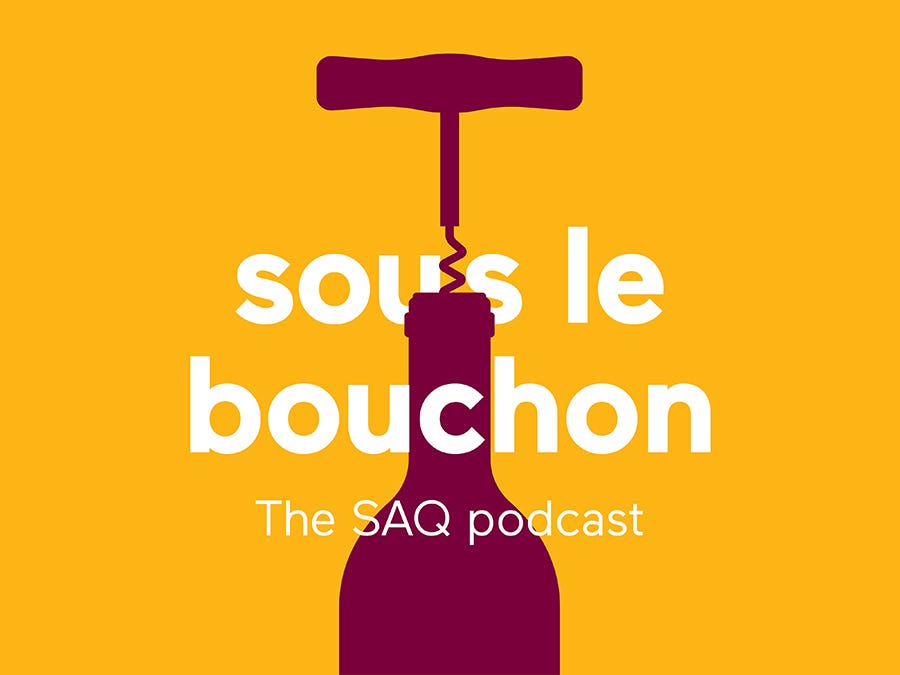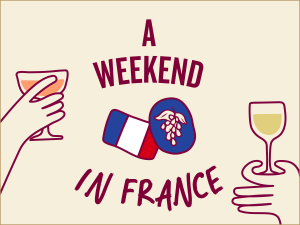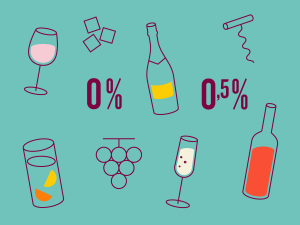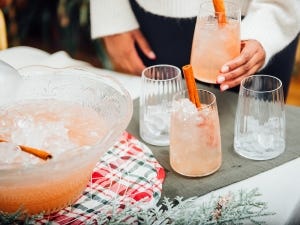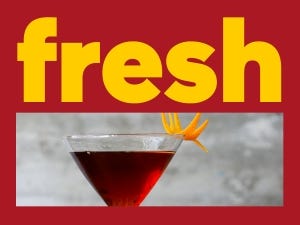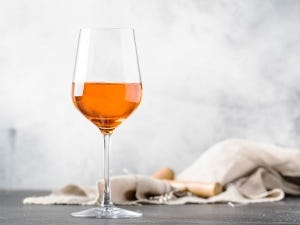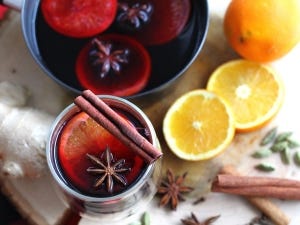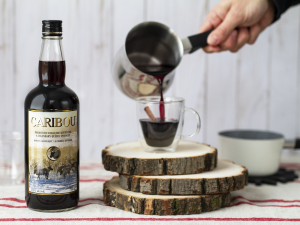Did you know that the average weight of a 750 ml wine bottle sold
at the SAQ has dropped by nearly 40 grams since 2010?
And further weight reductions are in store as we continue promoting this solution for
the products on our shelves!
Listen to SAQ experts talk about lightweight glass in this podcast (15 min, in French only)
Why are we big on lightweight glass?
90% of wines retailing for $25 or less at the SAQ come in lightweight glass containers. This issue deserves our attention because it’s one way of reducing the environmental footprint of the products we sell. And it does so through reduction at source. Here are the benefits:
- Uses less raw material, specifically less sand, which is a non-renewable resource.
- Reduces (by tons) the amount of residual materials to be managed.
- Lowers freight charges, which are based on weight.
- In addition, lighter bottles decrease the risk of injury for our employees.
In 2022 alone, the use of lightweight glass
resulted in a reduction of 6000 tons of GHG emissions.
That's the equivalent of about 6000 roadtrips between Montréal and Vancouver*.
* source (in French only)
How to recognize a lightweight glass bottle?
You can tell by the weight, of course. But there are other clues too: the bottles are usually flat-bottomed and sometimes have shorter necks and narrower shoulders.
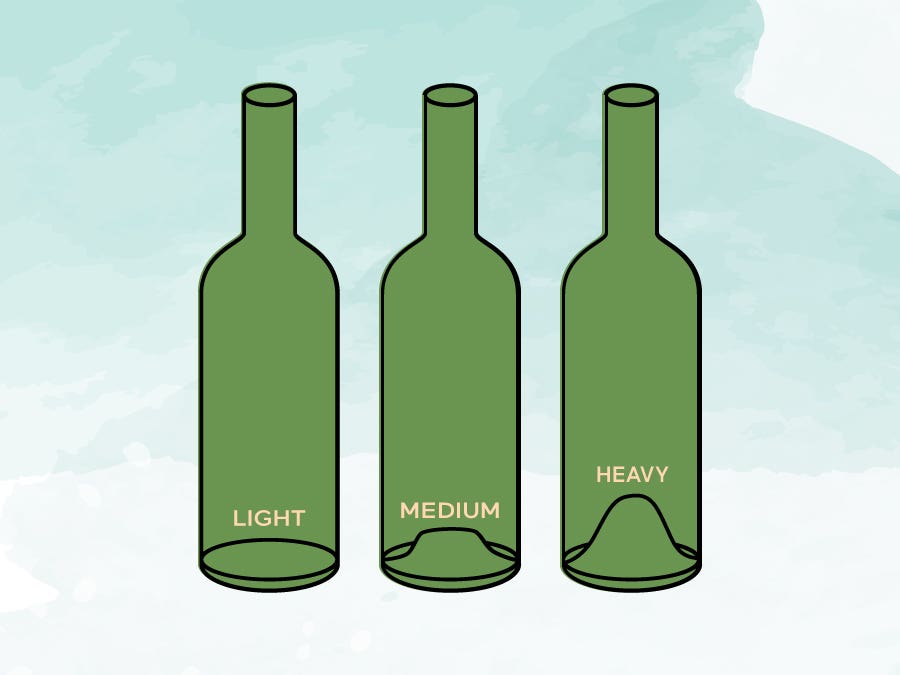

A little background…
In the fourth century, punts kept bottles standing
Have you ever wondered why some wine bottles have a dimple in their base? Called the “punt” or “kick-up,” the indentation is thought to have been invented by glassblowers in the fourth century to help bottles stand on their own without tipping over. Today, 17 centuries later, manufacturing techniques have eliminated the need for punts. Making a bottle with a dimple in their base requires more glass than is needed for a flat-bottomed bottle. Also, bottles with deep punts weigh more, adding to their environmental footprint.
Why aren’t all the SAQ’s bottles
already lightweight glass?
90% of wines retailing for $25 or less at the SAQ already come in lightweight glass bottles. All told, they account for 40% of bottles sold. But the story doesn’t end there! We’re currently looking at extending the requirement to spirits and sparkling wine bottles.
But let’s be honest: this is a long-term process. With some 6,019 suppliers in 79 countries, we have our work cut out for us. Because even though our partners want to modernize, they can’t until lightweight glass becomes available in their country!
Want to know about the subject?
Consult the Vitisphere article on the subject (French only) or visit our Social Responsibility section.
Related Posts
-
Read more
Wine has been around for thousands of years and the perceptions surrounding the product are sometimes stubborn! Discover some of the myths and realities that still persist around wine and lightweight glass.
-
Read more
Each year, the SAQ puts 200 million bottles into circulation. Are there solutions to reduce the environmental footprint of making and using all this glass? This is what our guests are working on: lightweight glass.
-
Read more
Hard frosts, droughts, wildfires – the warming climate is having an impact on wine growing worldwide. What does it all mean for wine quality and variety and the prices of the products on our shelves?
 Access to SAQ Inspire personalized services and store inventories are unavailable at the moment.
Access to SAQ Inspire personalized services and store inventories are unavailable at the moment. Free in-store delivery with purchases of $75+ in an estimated 3 to 5 business days.
Free in-store delivery with purchases of $75+ in an estimated 3 to 5 business days. 
